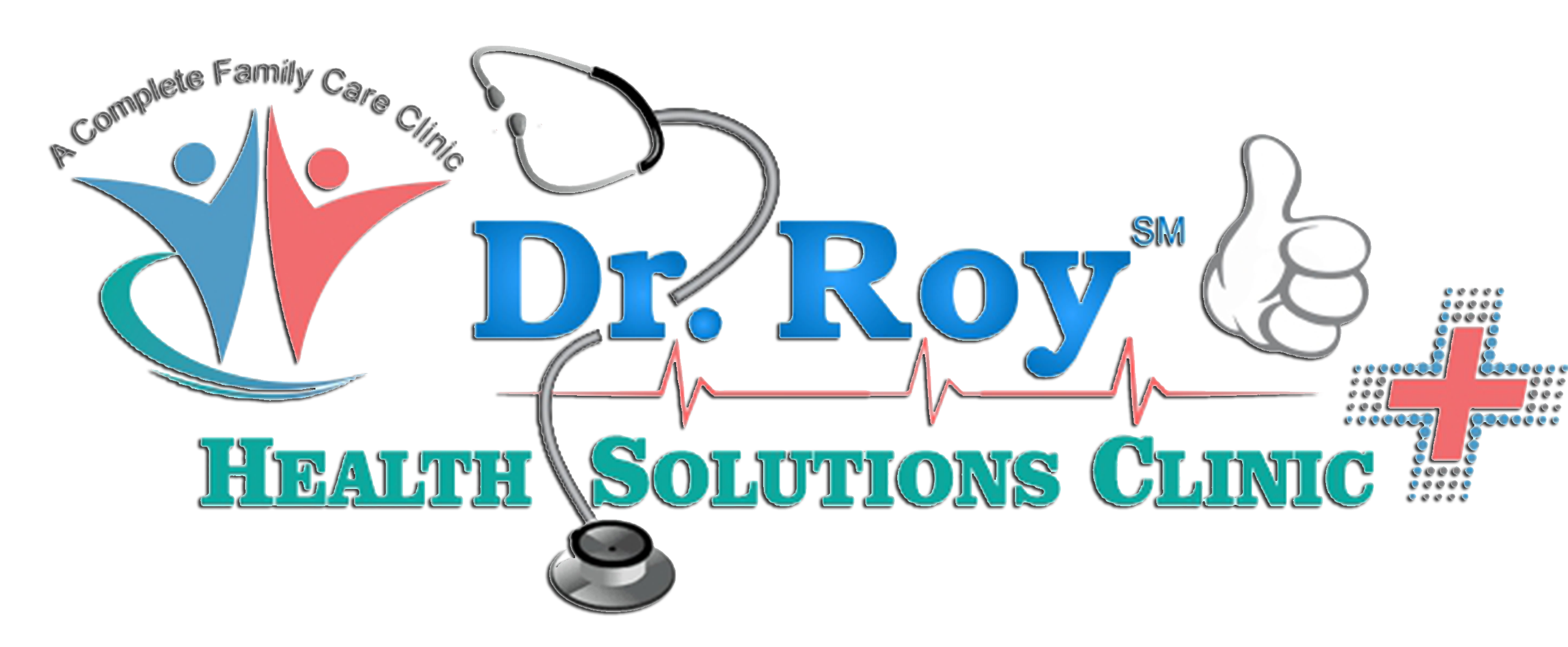Anaphylaxis (an-a-fi-LAK-sis) is a serious allergic reaction that happens to some people who have allergies to food, insect stings, drugs or latex.
Anaphylaxis happens very quickly and affects your entire body. Signs usually start within 5 to 30 minutes of coming into contact with the thing to which you are allergic. But it may take more than an hour for you to notice anaphylactic symptoms. Warning signs may include:
- A red rash, with welts, that is usually itchy
- Swollen throat or swollen areas of the body
- Wheezing
- Passing out
- Chest tightness
- Trouble breathing
- A hoarse voice
- Trouble swallowing
- Vomiting
- Diarrhea
- Stomach cramping
- A pale or red color to the face and body
Anaphylaxis requires immediate medical treatment.
Who is at risk?
Anyone, especially those allergic to foods such as peanut, tree nut, seafood, fin fish, milk,
or egg, or to insect stings or bites, natural rubber latex, or medications.
When can it happen?
Within minutes, anytime the allergic person comes in contact with his or her trigger.
How do we know?
Several symptoms occur at the same time, such as: itching, hives, flushing, difficulty
breathing, vomiting, diarrhea, dizziness, confusion, or shock.
Where can it happen?
Anywhere; for example, home, restaurant, school, child care or sports facility, summer
camp, car, bus, airplane.
What should we do?
Self-inject epinephrine (Adrenaclick, EpiPen or Twinject), call 911 or your local
emergency medical services number, and notify the individual’s family (in that order)!
Act quickly. Anaphylaxis can be mild, or it can be fatal.
Why is follow-up needed?
Anaphylaxis can occur repeatedly. The trigger needs to be confirmed, and long-term
preventive strategies need to be implemented.

